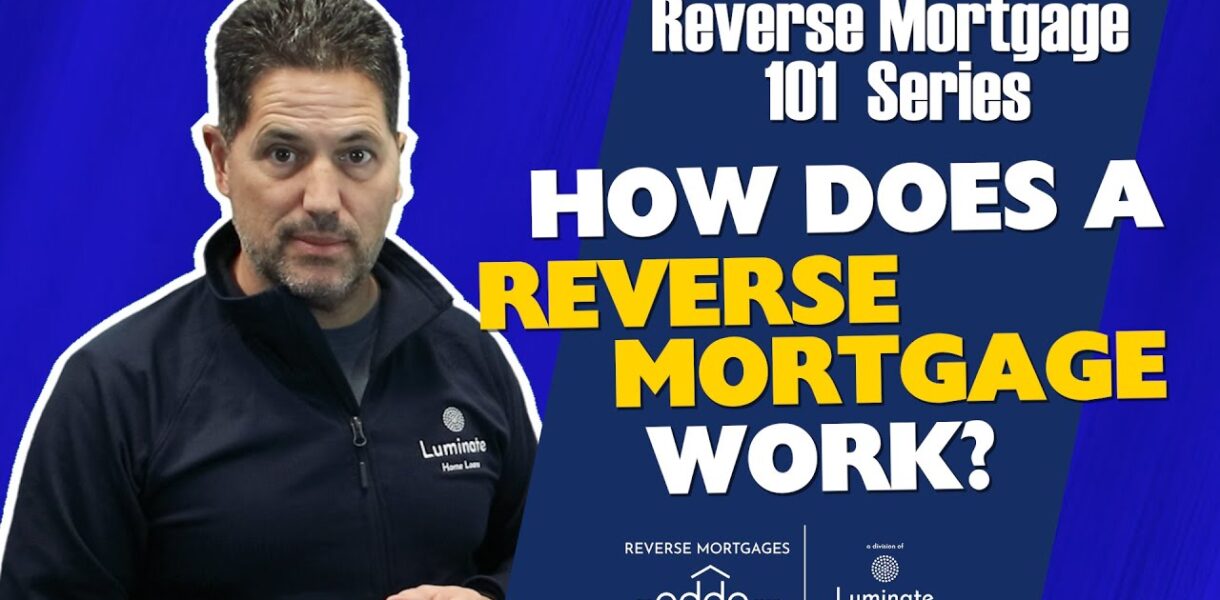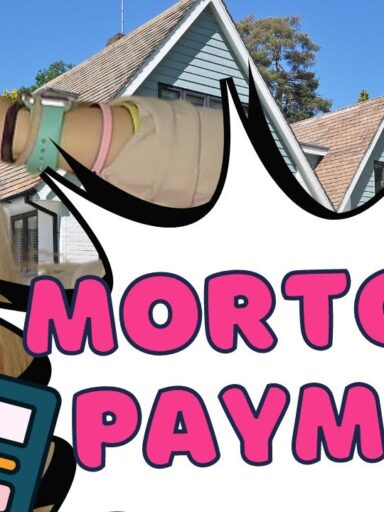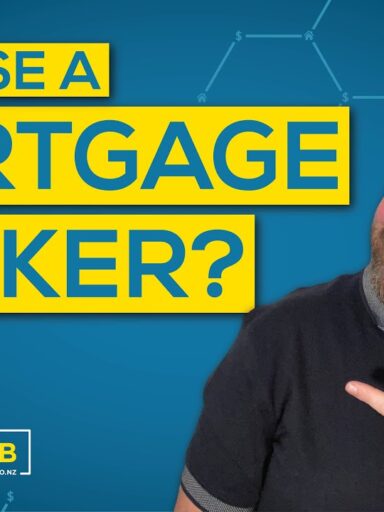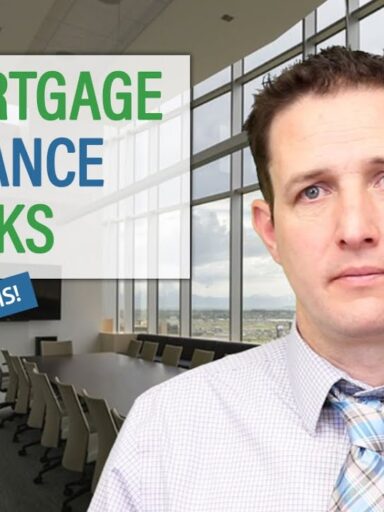If you are wondering how does a reverse mortgage work, then you have come to the right place. The process for obtaining a reverse mortgage is simple, and it’s possible to get the money you need. You just need to understand the rules. Generally, you have three business days to cancel the loan. This is called your right of rescission. To do so, you will need to write a letter, accompanied by any enclosures, to the reverse mortgage lender. This letter must be sent certified mail, with a return receipt, so that the lender can verify that the letter was received and the enclosed documents. Once you have completed this, you have 20 days to get your money back, or you can sell or move.
Loan amounts are based on life expectancy
When applying for a reverse mortgage, you will need to enter your age and life expectancy to determine how much money you can borrow. Generally, reverse mortgages are set up so the borrower can use the loan to meet expenses on the property throughout their lifetime. The age and life expectancy figures are taken from Appendix L2 of Regulation Z. However, you may be required to use the loan amount that is one-half the youngest consumer’s life expectancy to receive the maximum amount.
When applying for a reverse mortgage, you must consider your life expectancy and income. You should take into account the cost of maintaining the property. If you have limited income or bad credit, the Life Expectancy Set-Aside may be the best option for you. The LESA is a pool of money set aside to cover property charges over the estimated life of the loan. The money in this pool does not incur any interest charges and will remain available for the loan duration.
Because the reverse mortgage is not a traditional mortgage, you won’t have to make any monthly payments. The lender will set up a separate escrow account for homeowners’ insurance and taxes so you don’t have to worry about paying your mortgage every month. This one-time contribution is called a Life Expectancy Savings Account (LESA). The lender will calculate the LESA by multiplying your life expectancy by the projected property taxes and homeowners’ insurance. The lender will also take into account inflation to determine the amount of money you will need to borrow to maintain your home.
Loan amounts are based on current interest rates
Adjustable reverse mortgage rates are based on two factors: the Index Base Rate and the lender’s margin. The Index Base Rate fluctuates based on current interest rates in the market. This movement can increase or decrease the interest rate on a reverse mortgage. Lenders use the London Interbank Offered Rate (LIBOR), a composite interest rate based on daily submissions by the world’s largest banks. The margin, on the other hand, is the money that the lender earns on the loan.
The lender must make a good faith estimate before approving a reverse mortgage application. Loan amounts for this type of loan are based on the current interest rates in the market. The interest rate is calculated by using an index that is published by the government. The current LIBOR index is used for HECM reverse mortgages. This international index rate is the most commonly used in reverse mortgages.
While the interest rate for a reverse mortgage varies depending on the lender and the age of the borrower, the interest rate for a HECM is typically capped at the maximum claim amount set by the FHA. A HECM reverse mortgage allows the borrower to borrow up to a certain amount of the home’s value as collateral. This amount is typically higher than the loan’s appraised value, since the lender will be paying off a current mortgage first. The loan’s interest rate is not tax deductible until it is paid off.
Reverse mortgage loans are funded by lenders, with different underwriting criteria and restrictions on how the loan proceeds are used. However, a reverse mortgage loan is usually only available until the borrower dies or moves out. Once the borrower has passed away, the heirs can pay the loan amount or the remaining balance in full, up to 95% of the home’s appraised value.
Loan amounts are based on age of youngest borrower
Reverse mortgage lenders calculate loan amounts based on the youngest borrower’s age. The age of the youngest borrower determines how much the lender can lend to the couple. While FHA has a maximum age limit, borrowers can increase their loan amounts by removing their wife’s name from the loan documents. The younger borrower may also have to refinance the loan if she wishes to take out the reverse mortgage.
Reverse mortgage loan amounts are based on the age of the youngest borrower, the age of the home’s value, and the interest rate. The maximum loan amount can be up to 80% of the home’s value. However, the amount can never exceed the current lending limit or the FHA lending limit. Often the maximum amount is determined by the age of the youngest borrower.
The age of the youngest borrower may determine the total loan amount. However, the loan amounts may differ depending on the number of borrowers. If there are more than one borrower, the lender may reduce the loan amount based on the income of the youngest. The remaining life expectancy of a younger borrower is less than that of an older borrower. Therefore, the lender expects an older borrower to repay the loan more than a younger borrower.
The age of the youngest borrower is the most important factor when determining how much money a couple can receive from the reverse mortgage. For married couples, the youngest borrower’s age is important. If a married couple is applying for a reverse mortgage, the youngest borrower’s age must be older than the oldest borrower. The minimum age for a reverse mortgage is 62 years old. However, if the youngest borrower is younger, the loan amount may be lower than that of the oldest borrower.
Other conditions to qualify for a reverse mortgage
To qualify for a reverse mortgage, you must meet certain conditions. Most reverse mortgages are insured by the Federal Housing Administration, so you must meet specific standards before you can qualify for the loan. Whether you qualify or not will depend on a few other factors, including your age, occupancy, and credit. Usually, a minimum age of 65 is required, as is proof of equity, income, and closing costs.
You must have enough income to make the required monthly payments. Your income must be sufficient to pay property taxes and homeowners insurance. Failure to make these payments can result in foreclosure. You must also stay current with your property taxes, homeowners insurance, and other fees. If you fall behind in these areas, you may end up losing your home to foreclosure. Other conditions to qualify for a reverse mortgage include the following:
In addition to maintaining good property condition, you must also undergo counseling. HUD-approved agencies will conduct the counseling. These agents will go over your eligibility and discuss the financial implications. You should seek financial advice as early as possible, as taking out a reverse mortgage too early can leave you in need of money later in life. This is especially true for those who are still in good health, so take this into consideration when considering a reverse mortgage.
Requirements to be eligible for a reverse mortgage include that the home be your primary residence, and that it is at least 60 years old. Your home must meet the standards required by the FHA. If you are unable to make the payments, the lender will foreclose on the home and auction it. Any remaining money will go toward paying off the remaining loan balance. If the borrower dies before the loan is paid back, the heirs may use life insurance or assets from the estate to pay off the balance. Otherwise, heirs would likely have to sell the home to make the payments.



